Frequency range: 26.5- 28MHz SWR: ≤1.2:1 Max. power: 35W continuous 250W Short time Bandwidth at S.W.R. 2:1: 1900KHz Impedance: 50ohm Whip length: 1200mm Adjustment: 0~90° Cable Length: RG58/157" Po...
See DetailsHow to install and debug CB Antenna carefully to obtain communication performance?
In the world of wireless communication, CB Antenna (Citizen Band Antenna) is an indispensable part of CB radio system. It not only carries the transmission and reception of radio signals, but also is the cornerstone of ensuring communication quality and distance. This article will explore the installation and debugging process of CB Antenna in depth, and how to obtain communication performance through fine adjustment.
CB Antenna is a key component in CB radio system, responsible for converting the radio signal emitted by the radio into electromagnetic waves and transmitting it through the air. At the same time, it can also receive electromagnetic waves from other radio stations and convert them into audible audio signals. Factors such as antenna design, material and installation location will directly affect the coverage, signal quality and stability of communication.
When installing the antenna, site selection is the priority. A high and unobstructed location should be selected, such as a roof or the top of a tall building, to ensure that the signal transmission is not hindered. At the same time, potential interference sources such as high-voltage wires and radar stations need to be avoided. According to the type and specification of the antenna, it should be properly assembled and fixed in the selected location. Make sure that the antenna is firmly installed and can withstand the invasion of natural factors such as wind and rain. Use high-quality coaxial cable to connect the antenna to the CB radio. Ensure that the cable length is moderate to reduce signal attenuation. At the same time, the cable joints should use waterproof and dustproof sealing measures to ensure the stability and reliability of the connection. After the installation is completed, perform preliminary transceiver tests to ensure that both the radio and the antenna are working properly. Listen for abnormal noise or distortion to determine whether there is a hardware problem or improper installation. Finely adjust the angle and height of the antenna according to communication needs and environmental conditions. Generally speaking, the antenna should point in the direction of the communication target, and the height of the antenna should be raised as much as possible to reduce ground interference. Use an SWR meter to check the SWR value of the antenna system. The closer the SWR value is to 1, the better the impedance matching between the antenna and the radio. If the SWR value is too high, the impedance matching setting of the antenna or radio may need to be adjusted. According to the SWR test results, gradually adjust the impedance matching setting of the radio. This may require certain expertise and experience. It is recommended to refer to the radio's manual or consult a professional. In addition to the above debugging steps, the performance of the CB Antenna can be further optimized in the following ways: Use high-quality antennas and coaxial cables to ensure the stability and efficiency of signal transmission. Regularly check and maintain the antenna system to ensure that all components are in good condition. According to changes in the communication environment, adjust the angle and height of the antenna in time to obtain the communication effect.
The installation and debugging of CB Antenna is a key step to ensure the communication performance of CB radio. Through careful site selection, fixing and assembly, cable connection, debugging and optimization, the antenna system can be kept in the condition, thus achieving communication performance.

 English
English Español
Español
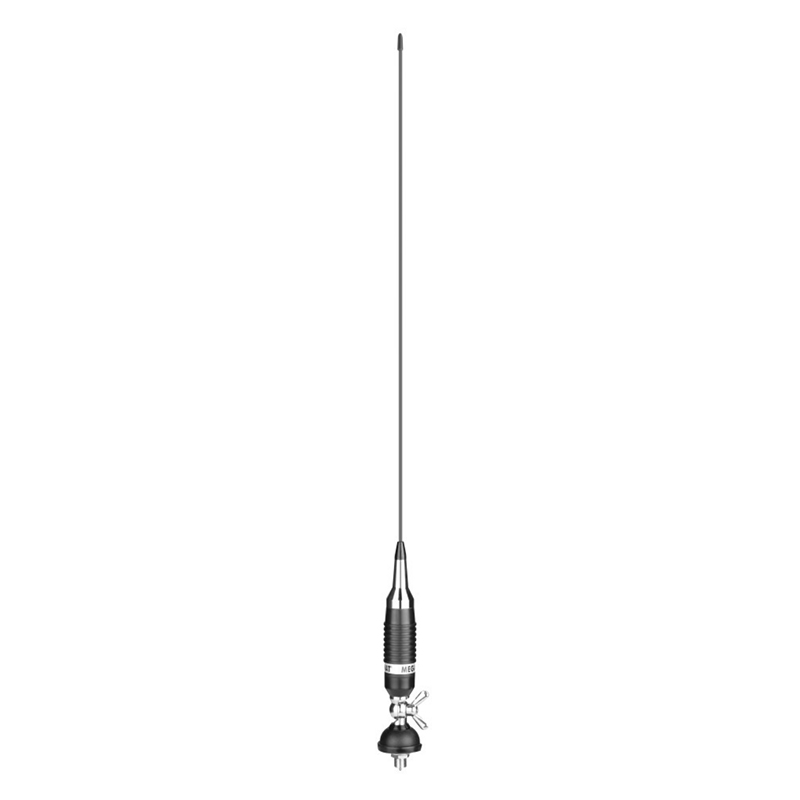
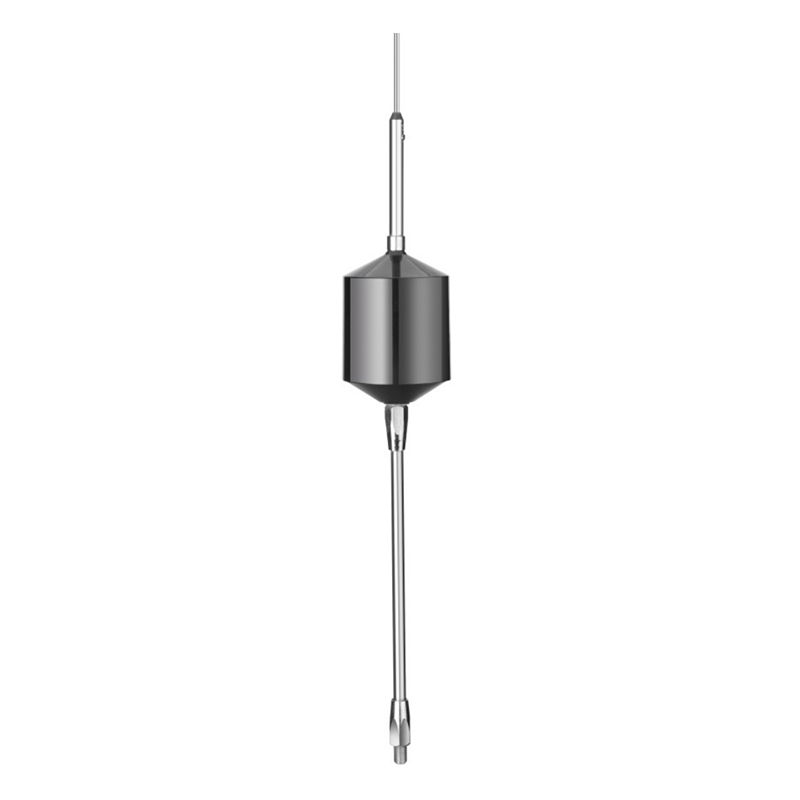

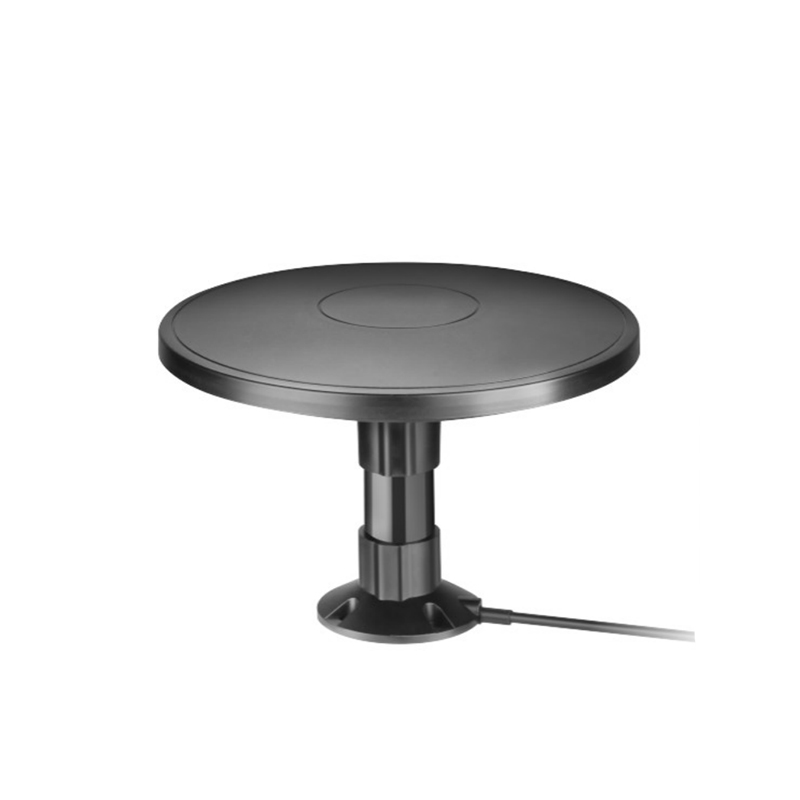
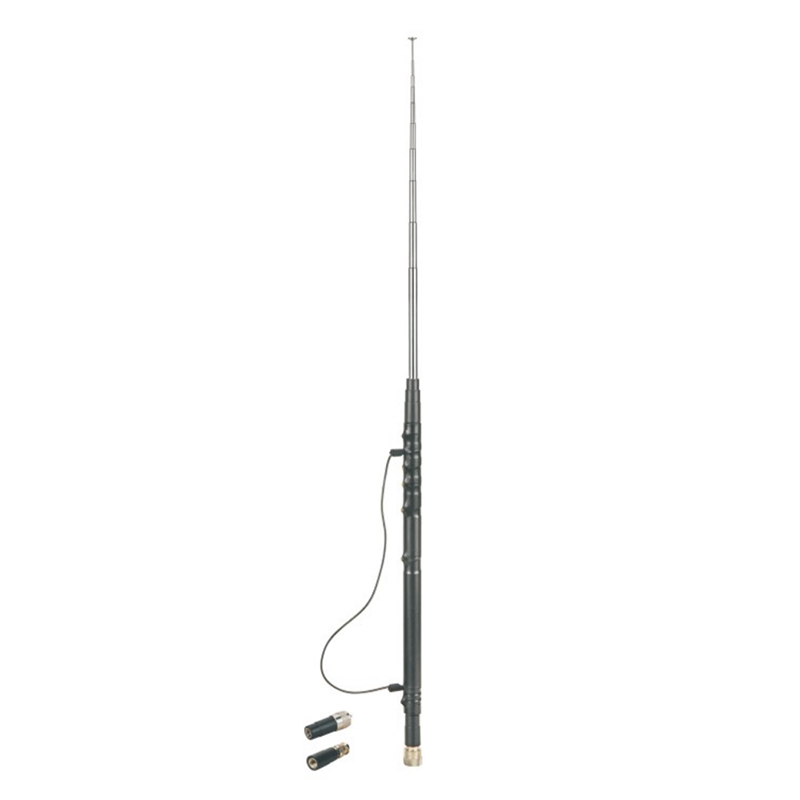

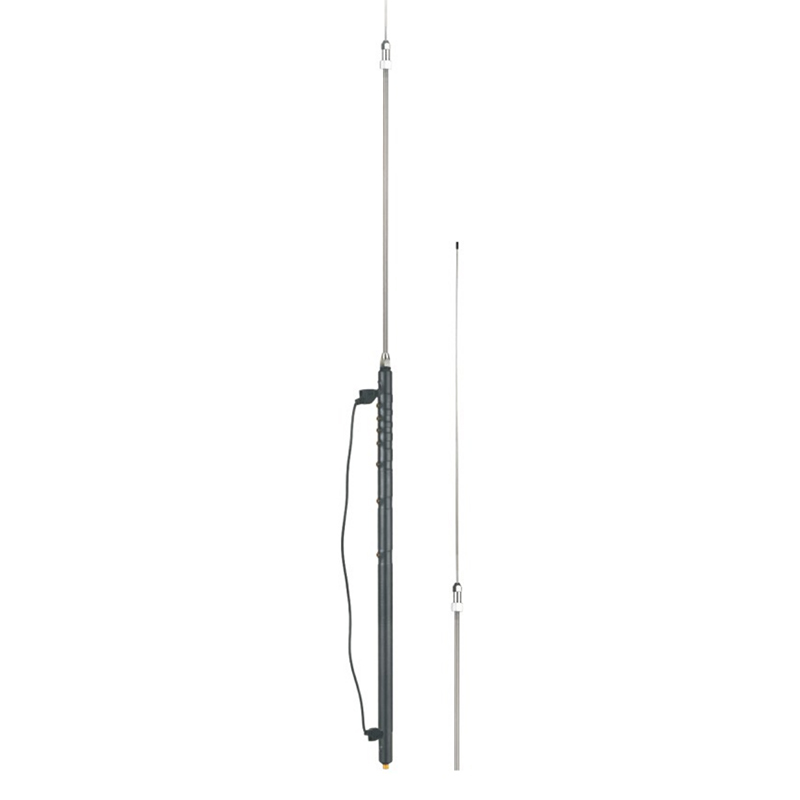
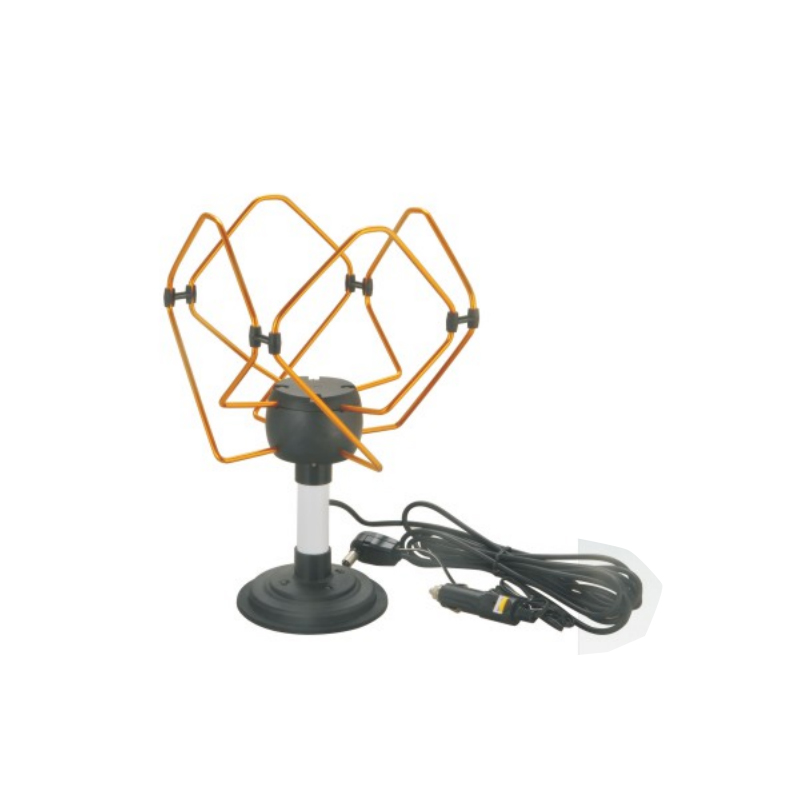
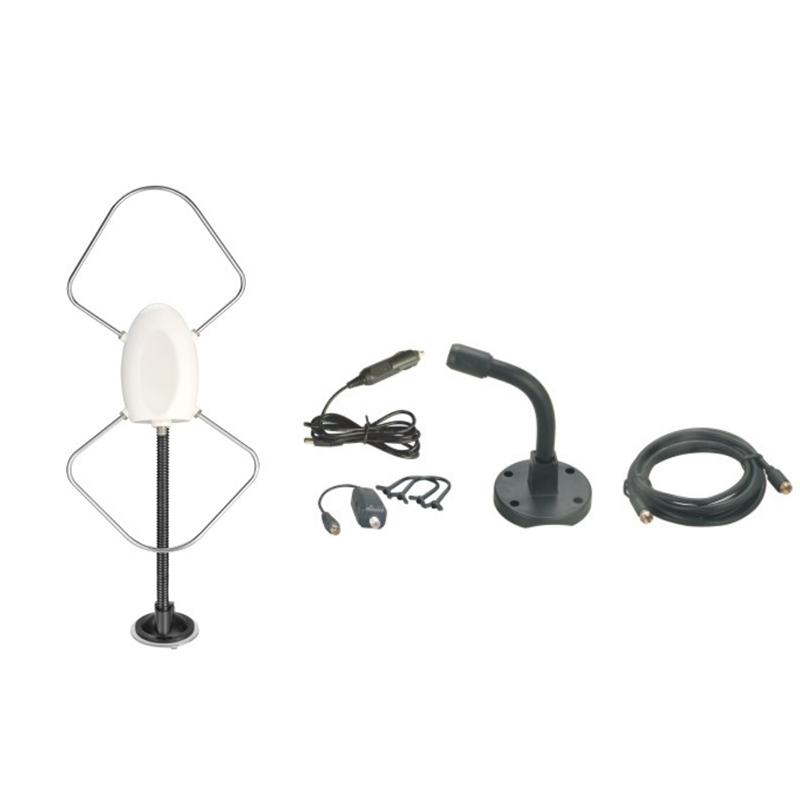
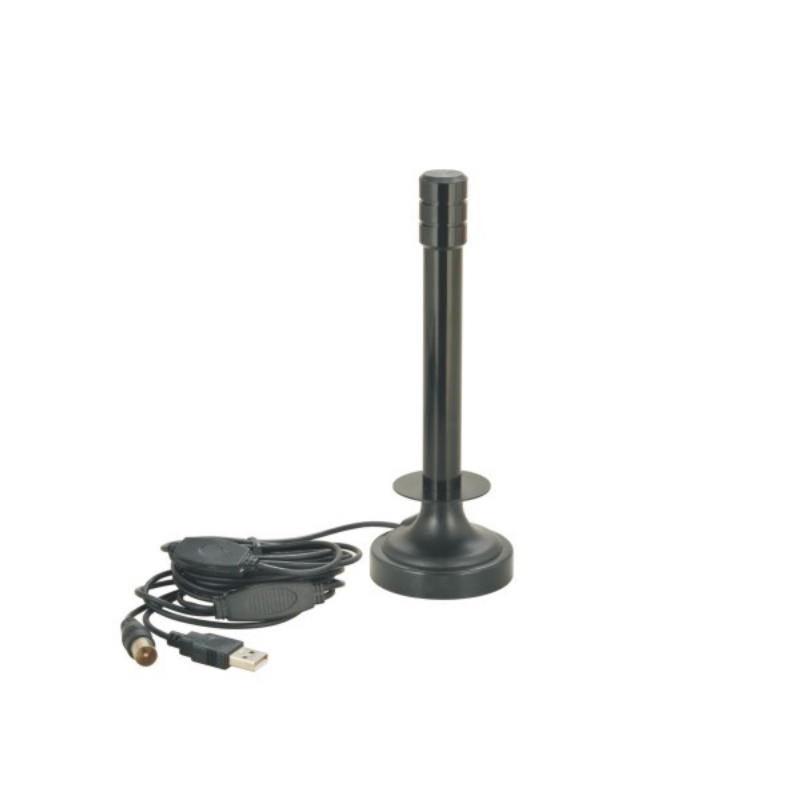
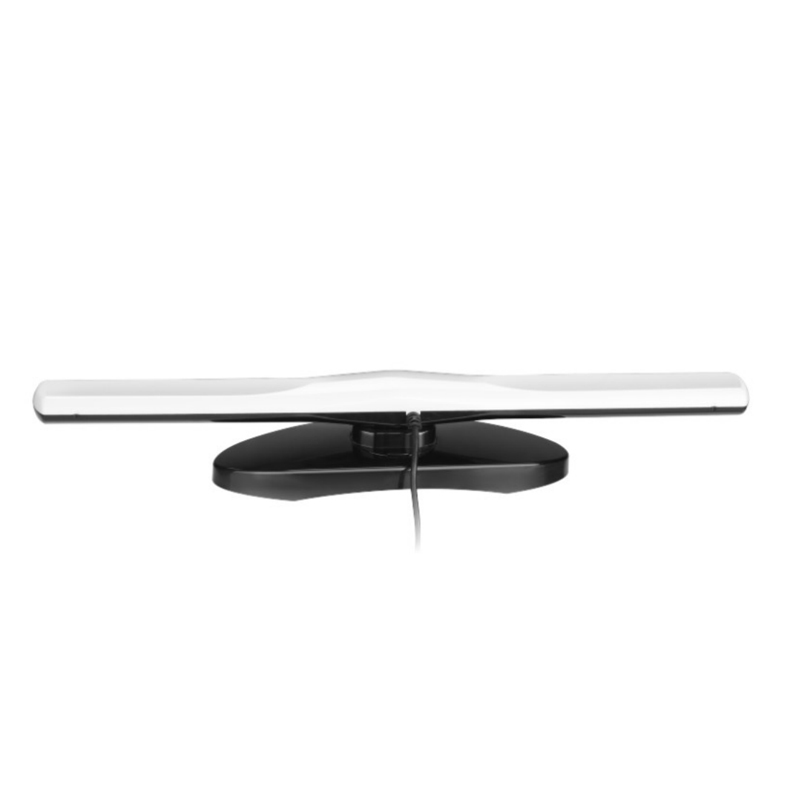
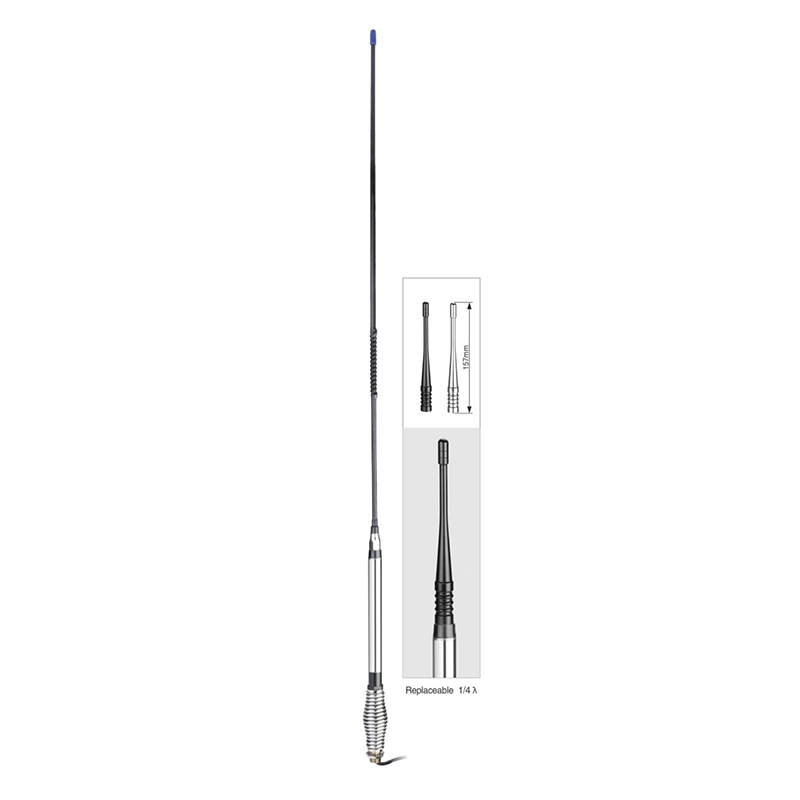

Contact Us